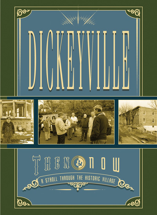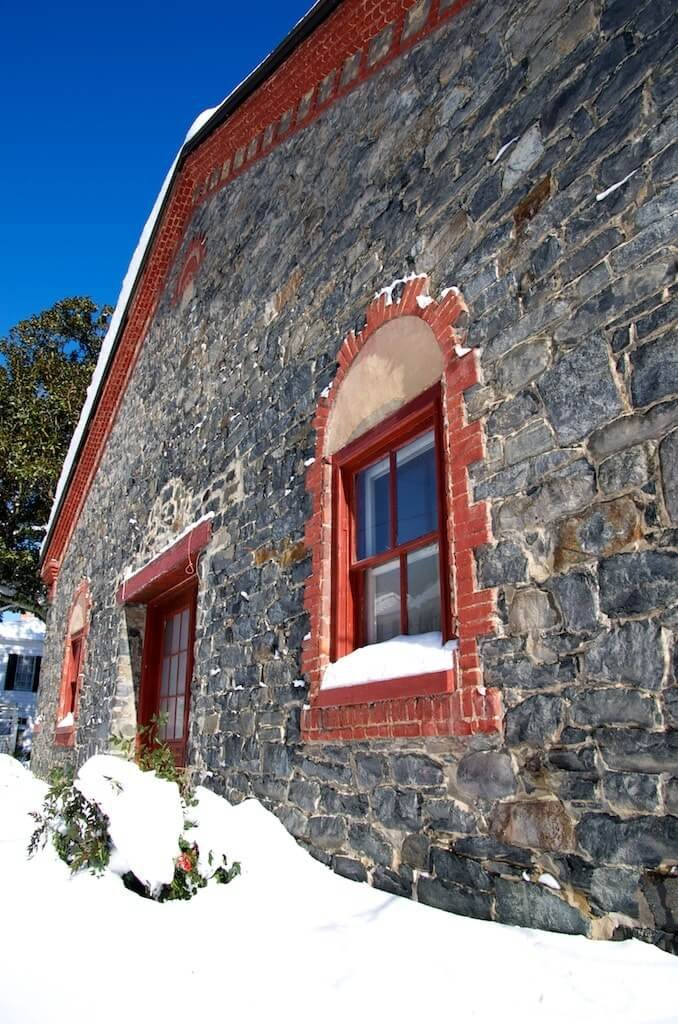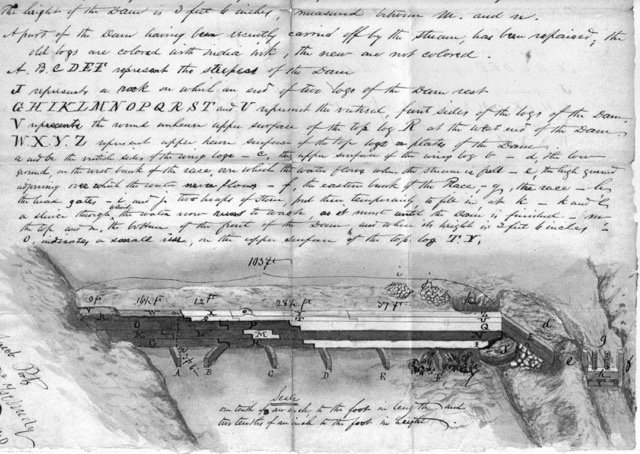
Historic Dickeyville
From Franklinville, to Wetheredville, to Dickeyville: The many past lives of a beloved village
History of Dickeyville
Once a bustling village with paper and textile mills, Dickeyville is named after the last mill owner, William J. Dickey. The Gwynn’s Falls, which once powered these mills, winds its way through the community and is now a scenic place for neighbours to gather.
The original Dickeyville homes, built in the 19th century for mill workers and their families, are a mix of clapboard and stone. These homes were restored and updated after most of the village was sold to a developer in 1934. Since then, a number of new homes have been built that complement the older historic structures.
Dickeyville was placed on the federal government’s “Register of Historic Places” in 1972.
Today there are 137 residences; the Dickey Memorial Presbyterian Church built in 1885; and several original mill buildings that now house businesses and artisans.
For the Historical Timeline of Dickeyville, or Unique Buildings of Interest, please scroll to the bottom of page, after the Walking Tour section.
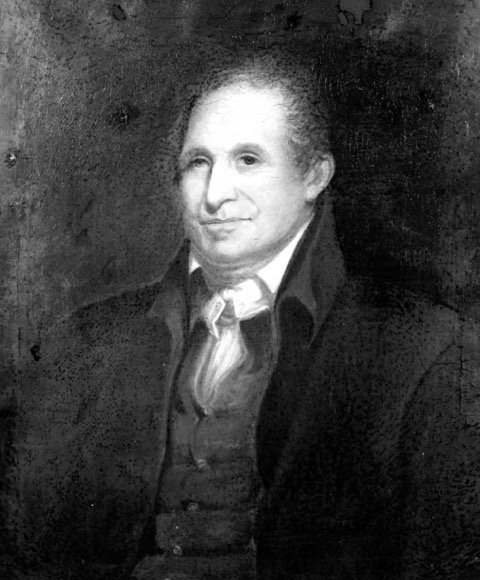
Martin Tschudy, a Swiss mill owner, buys the mill and a stone house in 1778.
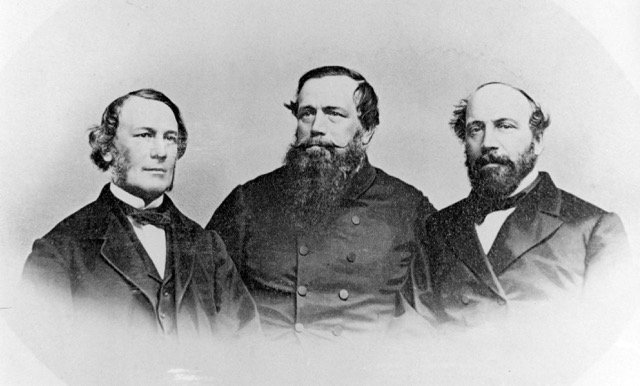
The Wethered Brothers: John, Charles & George purchased the village in 1830 and changed its name to Wetheredsville.
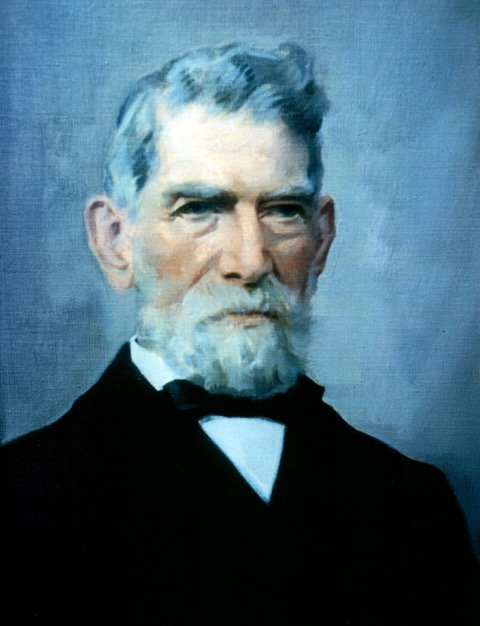
William J Dickey. Purchased the village in 1872. After his death, the village was renamed Dickeyville in 1896.
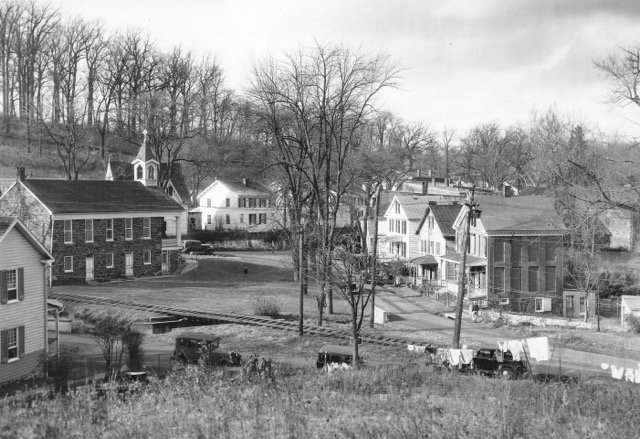
Village Square, from hills above. * Date. Credit: Bodine.

Mrs Dickey

Mill workers on Pickwick Rd

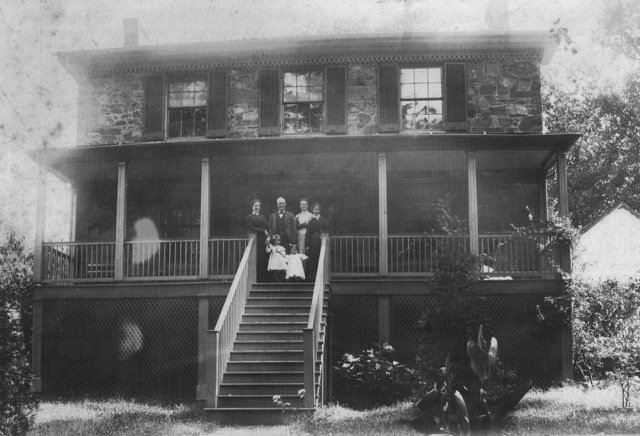
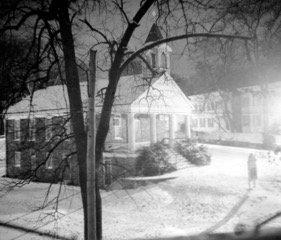
Ashland Chapel
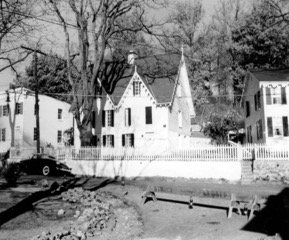
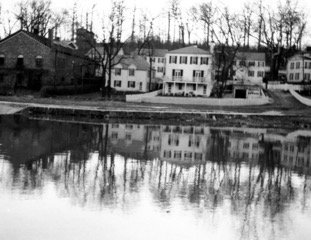
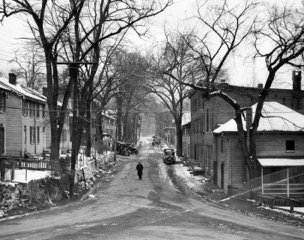
Man walks down Pickwick Rd, near cross roads of Wetheredsville & Pickwick. Date**
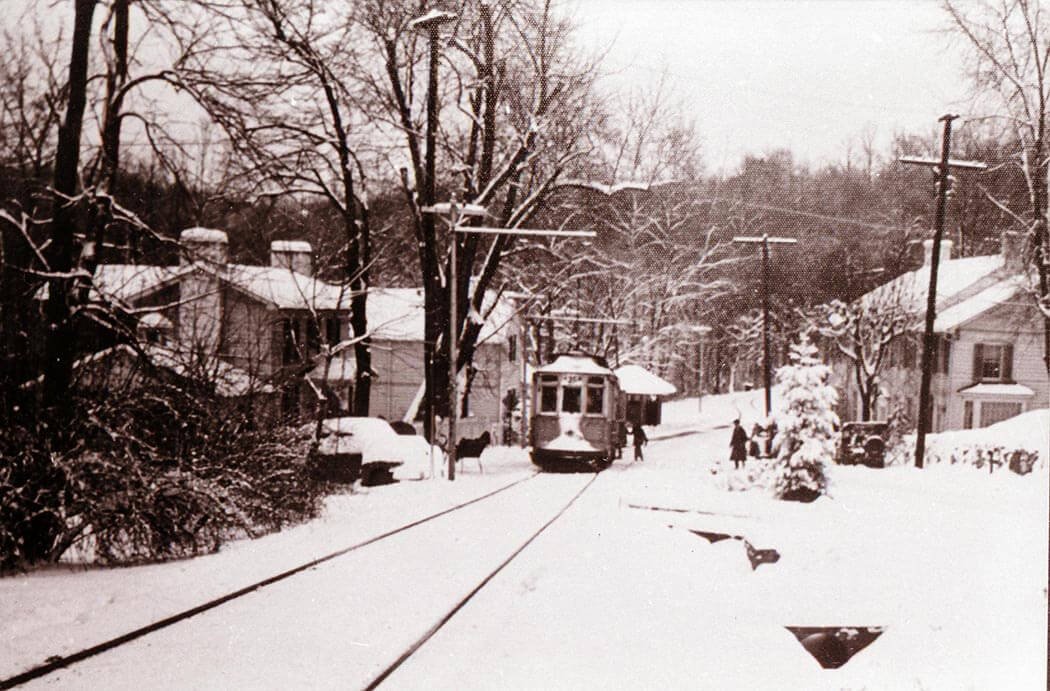
Tram line through Dickeyville, dated TO ADD
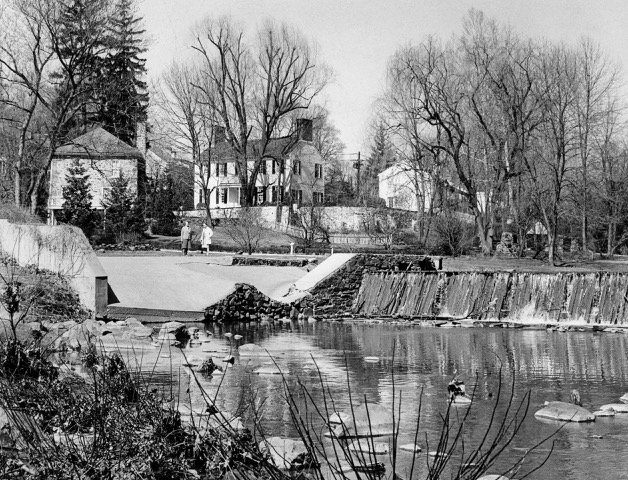
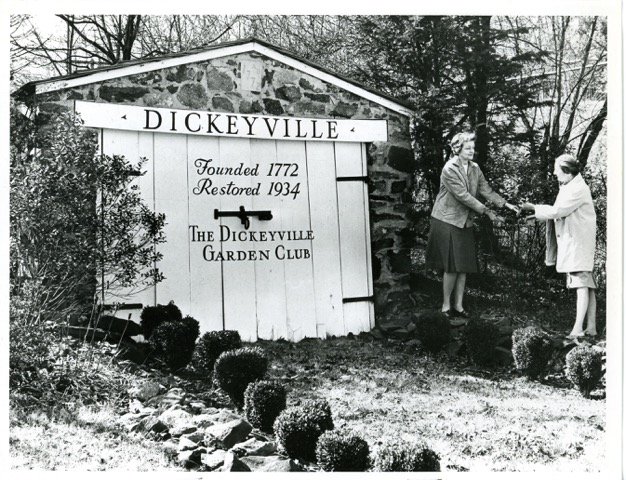
Opening of restored village, in 1934.
Take a Stroll through Dickeyville…
Self-Guided Village Walking Tour
As you stroll through the quaint, cozy village of Dickeyville at your own pace, follow along with our printable Village Tour Guide with a labelled map which and historic background about individual homes and village buildings.
Estimated strolling time = about 1 hour.
7-page downloadable PDF document contains a labelled map with corresponding narrative and facts about various homes and buildings of interest.
Acknowledgement: Gratitude to the late Sam McCready for creating the content for this Self Guided Walking Tour.

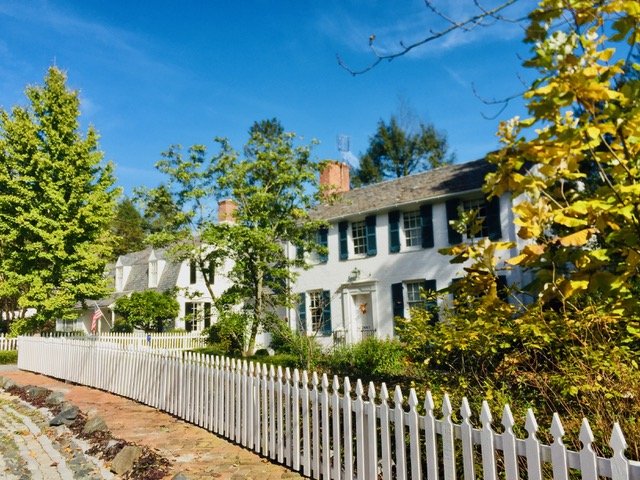
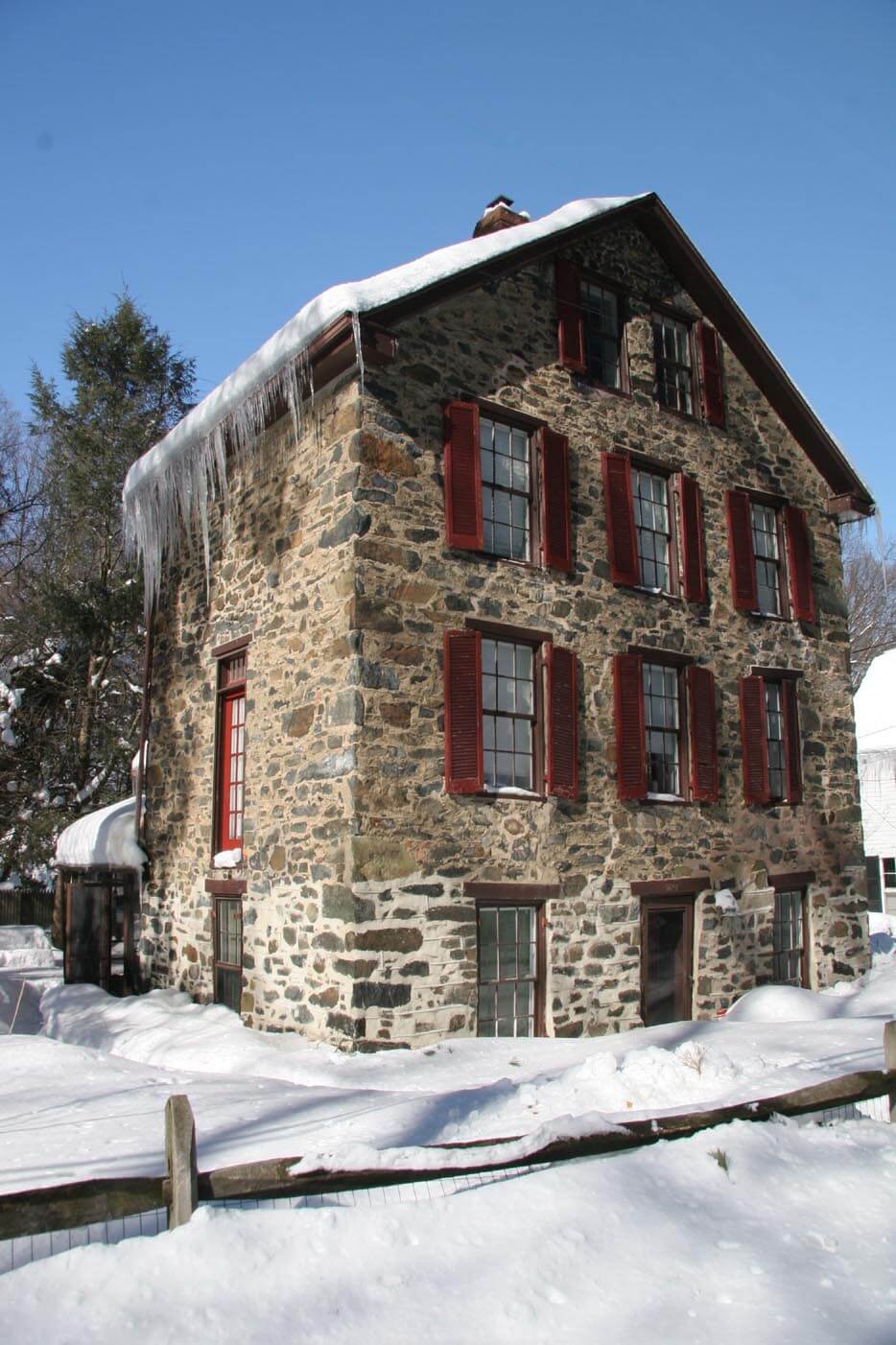

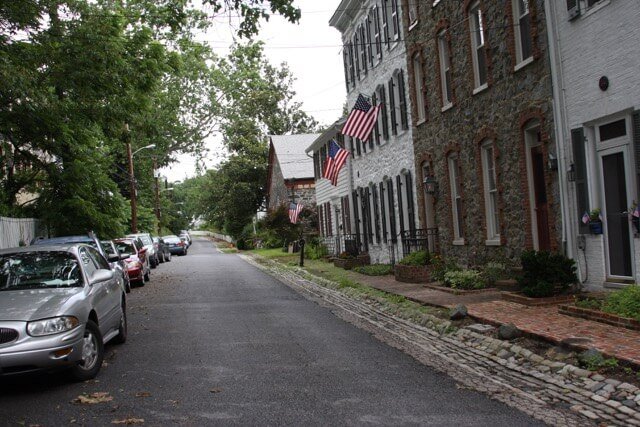
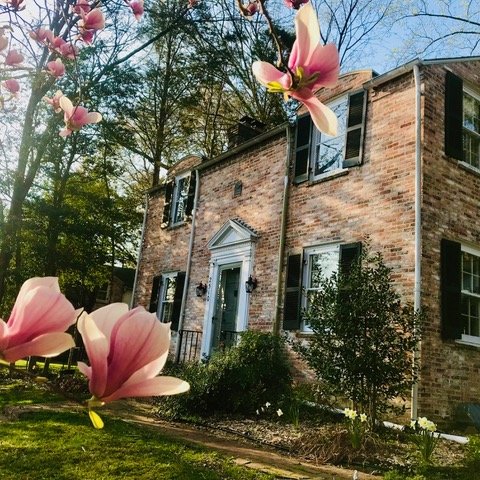
Virtual Tour Around Dickeyville
Video: Dickeyville: Then & Now
From the comfort of your own home, take a captivating and informative walk through the beautiful village of Dickeyville, a complete 19th century mill town in the western part of Baltimore City.
TV host Donna Hamilton and historian William Schultheis help viewers discover the villages charming places, its people and their stories.
Truly one of Baltimores little historic garden treasures.
Acknowledgements
The video Dickeyville: Then & Now was a community collaboration. Funding for this project was provided in part by Preservation Maryland and The Maryland Historical Trust.
Presented by Donna Hamiton and the late William Schultheis
Produced by Wilton Martinez, the late Steve Davitt, and Pat Hawthorne
Music by Greg Shupe and Dennis Diamond
Artwork by Mark Luce and Melvin Miller
Graphic Design by John Synder
Dickeyville: Then & Now, with TV Host Donna Hamilton.
Get your DVD Copy
Order the full DVD for yourself or as a gift! The price of $25 includes shipping and handling. Sales will be donated to the Dickeyville Community Association and the Village Archives. For further details:
Please contact Mike Blair, DCA Archives Chair (details are in the Village Directory)
Or send a request via the DCA Contact Form

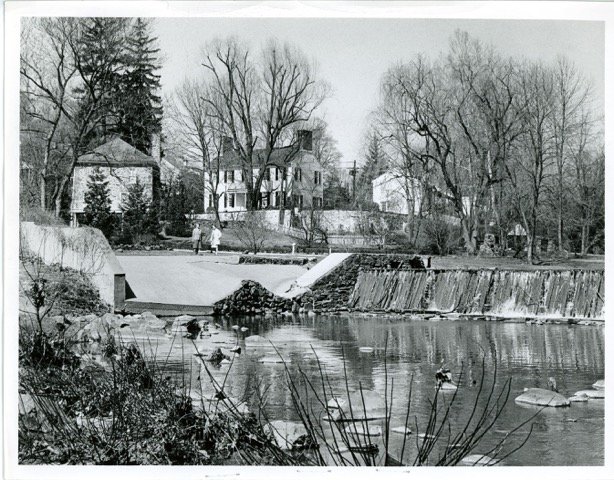
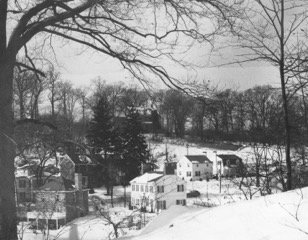
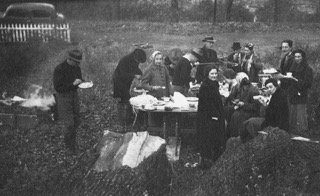
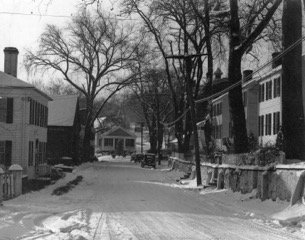

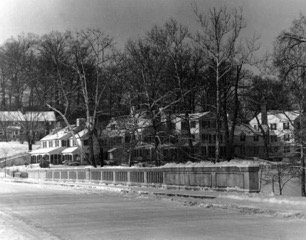
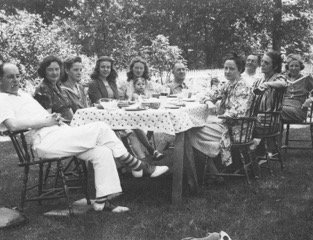
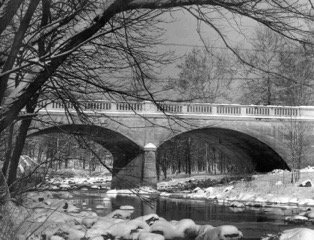




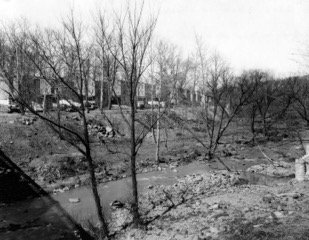
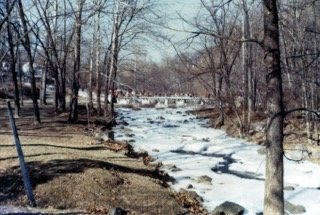
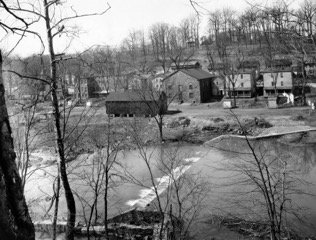
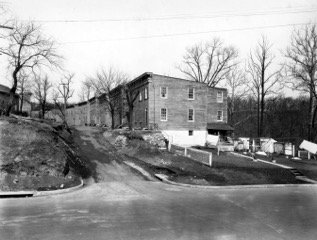
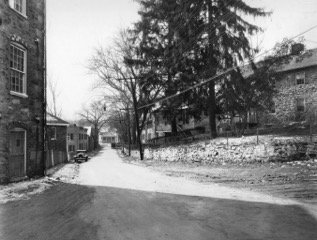
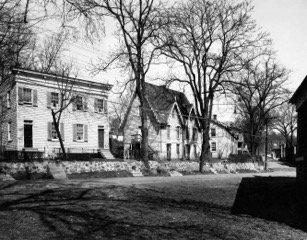

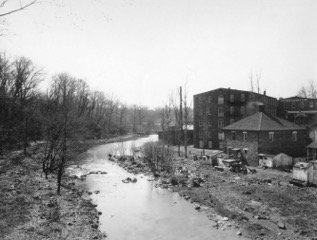
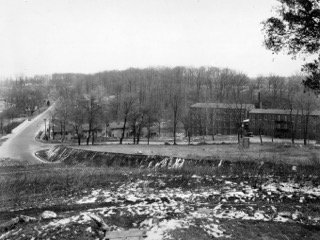
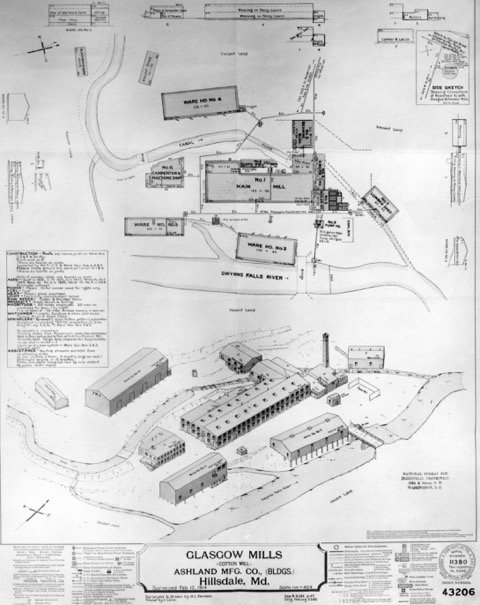
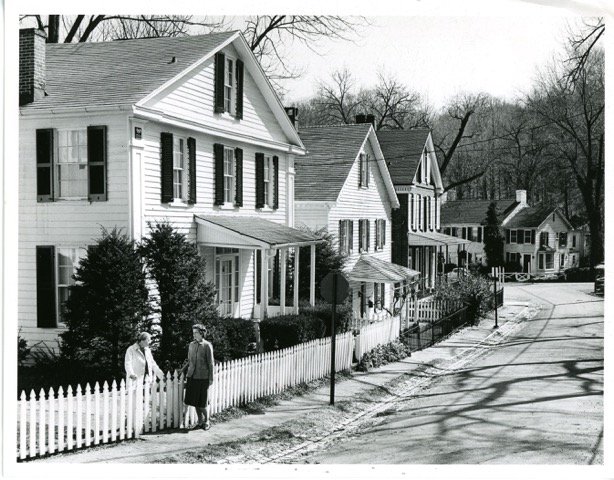
Village Historical Timeline
Key Milestones in Dickeyville’s Past
1662
Richard Gwin granted a tract of land along the stream that now bears his name, Gwynn’s Falls, with exclusive rights to trade with the Algonquins.
1759
John Shly builds a grist mill near present-day Dickeyville.
1778
Martin Tschudy, a Swiss mill owner, buys the mill and a stone house from Shly.
1808
Oldest houses in village date from this period
c. 1808
Franklin Paper Mill starts production. Village is known as Franklinville.
1814
Franklin Woolen Mill built.
1830
Wethered family, John, Charles, and George, purchase Franklin Mill. Name of village is changed to Wetheredsville.
1843
Ashland Mill (now the Ballymena Mill) built on the site of a paper mill owned by Samuel Tschudy from 1821.
1845
John Wethered elected to Congress.
1849
Ashland Chapel dedicated
1866
Powhatan Dam breaks and floods the village.
1867
Village again flooded. Wethereds again repair damage to mills and equipment.
1868
Covered bridge over Gwynn’s Falls destroyed in Freshet—a flood caused by heavy rains.
1872
Wethereds sell mills, 300 acres of land and unspecified number of houses to William J. Dickey for $82,000. Distinctive wooden frame houses built for workers, together with a warehouse and company store, signaling a period of expansion.
1885
Wetheredsville Presbyterian Church dedicated. Completed 1889.
1896
After the death of William J. Dickey, name of village changed to Dickeyville. Wetheredsville Presbyterian Church renamed Dickey Memorial Presbyterian Church.
1909
Mills leased by Ashland Manufacturing Company of Baltimore. With the Stock Market crash of 1929, village goes into decline and is renamed Hillsdale.
1932
Muralist R.McGill Mackall converts Mill Warehouse into a studio and home.
1934
Village bought at auction by developers for $42,000; Two weeks after the sale, the Franklin Mill complex is destroyed by fire. Restoration and gentrification begins. Name is changed back to Dickeyville and major streets are renamed.
1938
Dickeyville Community Association founded.
c. 1960
Ashland Chapel converted into private residence.
1972
Village listed in the National Register of Historic Places.
———————————————
Gratitude to Sam McCready for collating this historical timeline.
Other sources used to create this account of Dickeyville's history include village historians Dr. Feather Davis and DCA Archivist, Mike Blair.
Johns Hopkins with Baltimore Heritage highlights Dickeyville history, 2020.
Collection of Childhood Memories from 1938 onwards…
Check out the wonderful memoir series created by previous residents who spent their childhoods growing up in Dickeyville during the late 1930s, 1940s, 1950s, 1960s, and beyond.
Access extracts from the memoir series, The Dickeyville Days – a collection of memoirs from former Dickeyville denizens to celebrate its legacy.
Buildings of Unique Interest
Dickeyville Memorial Presbyterian Church
Dating from c. 1890, is the Presbyterian manse. Dickey Memorial Presbyterian Church (1889) and the Church Hall (1964) are next on the left. The Presbyterian community in the village dates back to 1873, when William J. Dickey, President of the Ashland Manufacturing Company, and others, organized the Presbyterian Church of Wetheredsville. The name of the church was later changed to Dickey Memorial Presbyterian Church.
———————————
Former Mill Warehouse
The tall stone-built house, built in 1872 in the General Grant style is the former warehouse for the mills. It was restored as an art studio for noted Baltimore muralist, R.McGill Mackall (his mural may be seen in the former Baltimore Sun building in Baltimore). Mackall bought the property in 1932 and had it gutted, leaving a 45-foot square shell with walls 37 feet high—an ideal space for a muralist. He knocked down an adjacent property and used the materials to build a 3-story home inside the building so that he might live and work in his converted warehouse. The property has been occupied ever since by artists. Work by the current owner, sculptor Barry Johnston, is on display in the yard.
———————————
Ashland Chapel
Arguably, the most impressive home in the village, Ashland Chapel built on land given in 1848 by the Wethereds, a Quaker family, as a house of worship, a school and a library for mill workers. It was converted in the 1960s into a charming home by Barbara Holdridge, founder of Caedmon Records, which produced Spoken Word and Ethnic Music recordings. It continues to be a private residence. It is easy to see the building’s origins. Even the steeple has been preserved as a separate structure on the grounds. Also to be seen is one of the waiting stations for the trolley, which ran through the village. You will notice a number of hitching posts in the village. These are purely decorative and were added when the village was gentrified.
———————————
Unique Four Story Stone Home
The distinctive, tall, four-story stone house was built in 1848 by William Hendrick. Enos Humphries, a founder of the local chapter of the Independent Order of Oddfellows (IOOF), lived here. The house is unusual with its central chimney and four stories, with two rooms on each floor—and the attempt to make the local rubblestone look like dressed blocks—it is one of the most distinctive homes in Dickeyville.
———————————
Oddfellows Hall
Further sources of historic information
Wikipedia's entry about Dickeyville Historic District
Baltimore Live's introduction of Dickeyville


